Hardwired Smoke Alarm Installation and Maintenance
Hardwired smoke alarms are essential safety devices designed to detect smoke and alert occupants in case of fire. Proper timing for installation and maintenance ensures optimal performance and safety. Understanding when to install or replace these alarms can significantly reduce fire-related risks.
Hardwired smoke alarms should be installed during new construction or major renovations for seamless integration into the electrical system.
Replace hardwired smoke alarms every 10 years to maintain reliability and compliance with safety standards.
Conduct monthly tests and battery checks to ensure alarms are functioning correctly, especially after power outages or electrical work.
Upgrade to interconnected hardwired alarms when remodeling or adding new rooms for enhanced safety coverage.
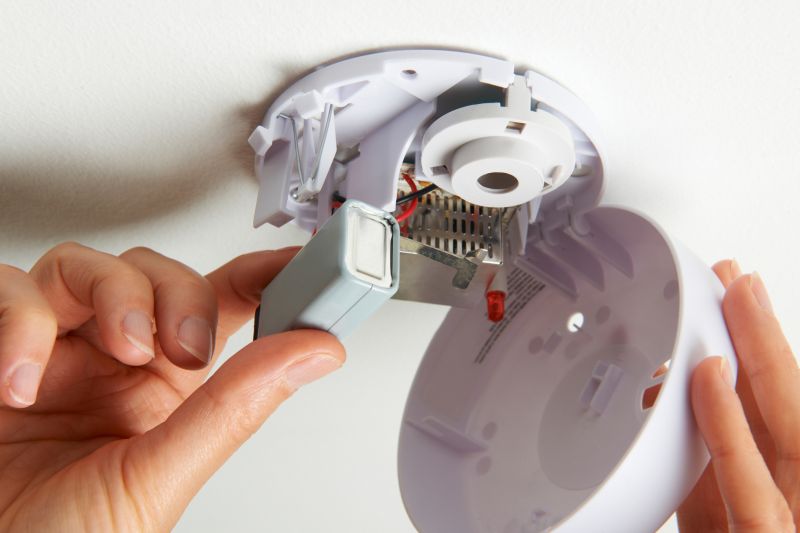
A typical hardwired smoke alarm connected to the electrical system with backup batteries.
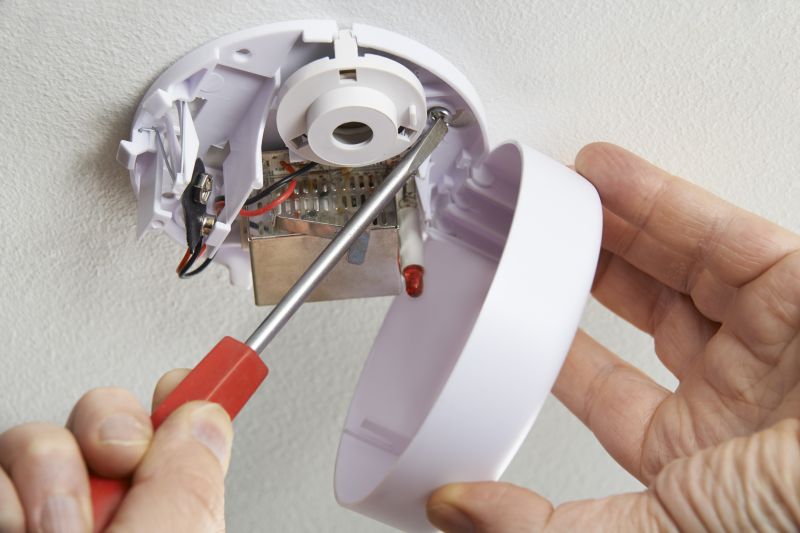
Professional installation of hardwired smoke alarms in residential settings.

Testing and inspecting hardwired smoke alarms for optimal performance.

Ways to make Hardwired Smoke Alarms work in tight or awkward layouts.
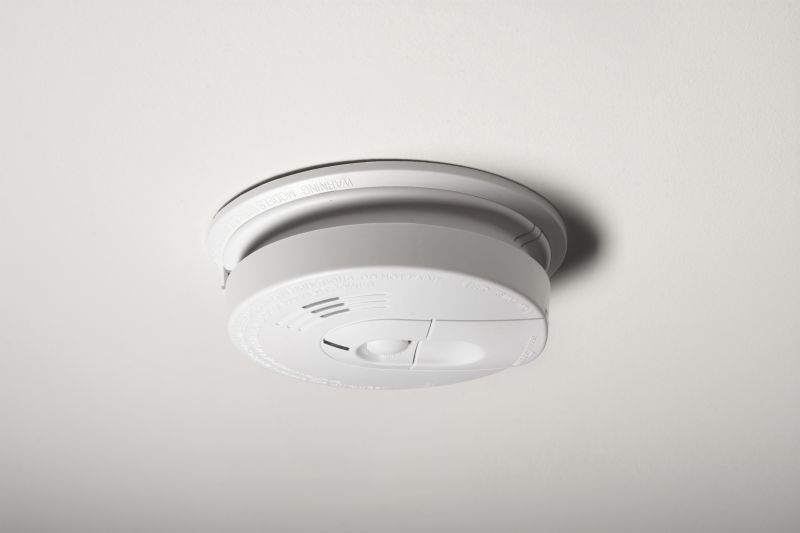
Popular materials for Hardwired Smoke Alarms and why they hold up over time.
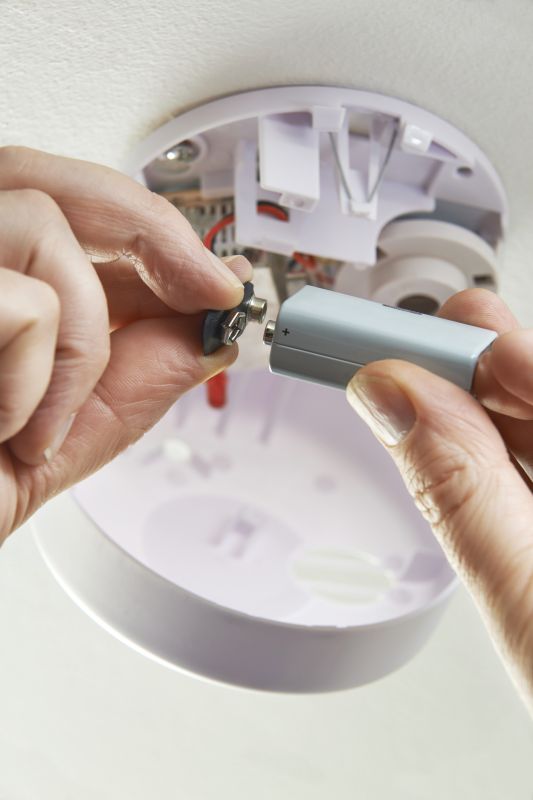
Simple add-ons that improve Hardwired Smoke Alarms without blowing the budget.
| Aspect | Details |
|---|---|
| Installation Timing | Best during new construction or major renovations. |
| Replacement Interval | Every 10 years or as recommended by manufacturer. |
| Maintenance Frequency | Monthly testing and battery checks. |
| Upgrade Opportunities | When remodeling or expanding living spaces. |
| Seasonal Checks | Before winter or high fire risk periods. |
| Power Source | Electrical wiring with backup batteries. |
| Interconnection | Allows alarms to sound simultaneously across multiple units. |
| Compliance | Meets safety standards for residential fire detection. |
Hardwired smoke alarms provide continuous protection with their electrical connection and backup power. They are designed to alert occupants promptly in case of smoke detection, reducing the risk of injury or property damage. Regular maintenance, timely replacement, and strategic installation are key components of effective fire safety strategies.
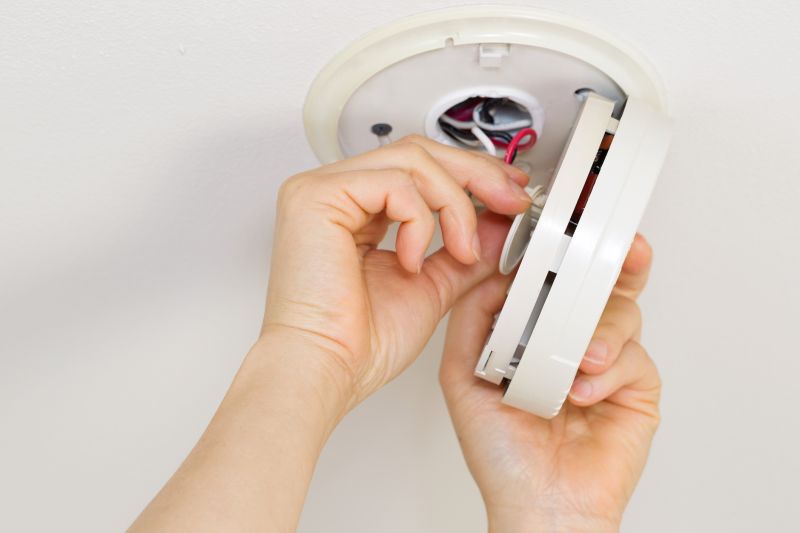
Electrical wiring, backup battery, and sensor components working together.
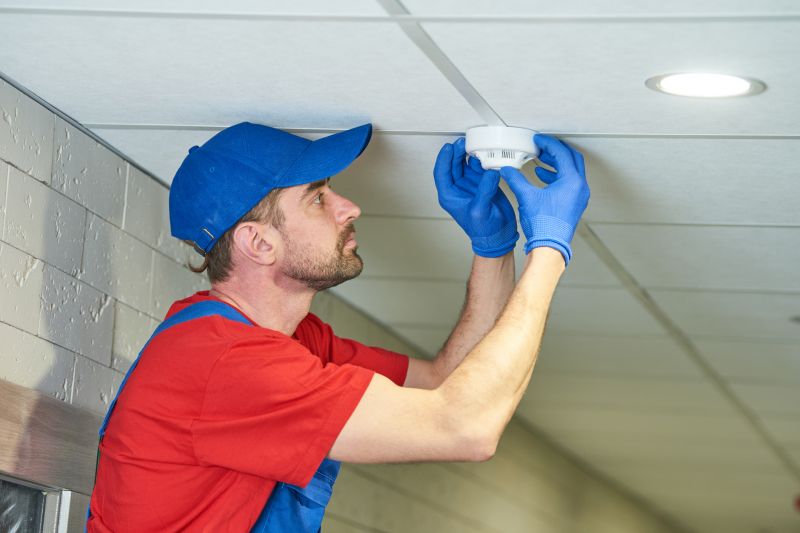
Multiple alarms interconnected for comprehensive detection.
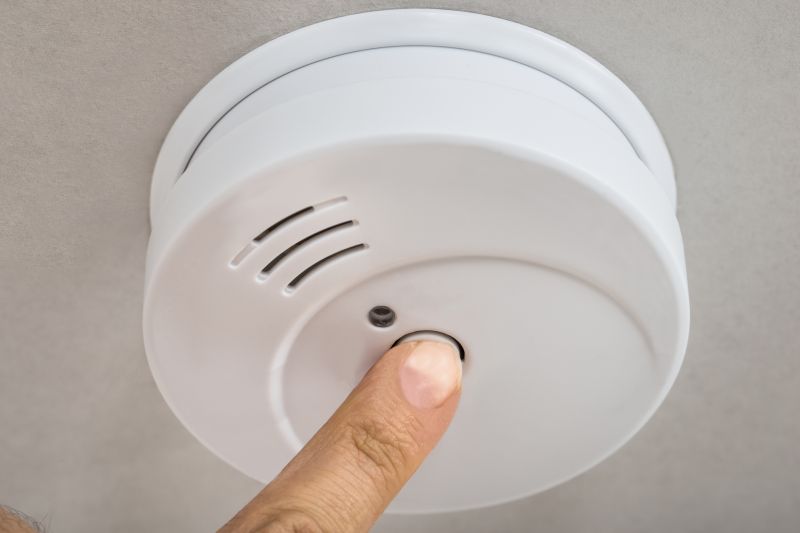
Proper testing procedures to ensure alarm functionality.
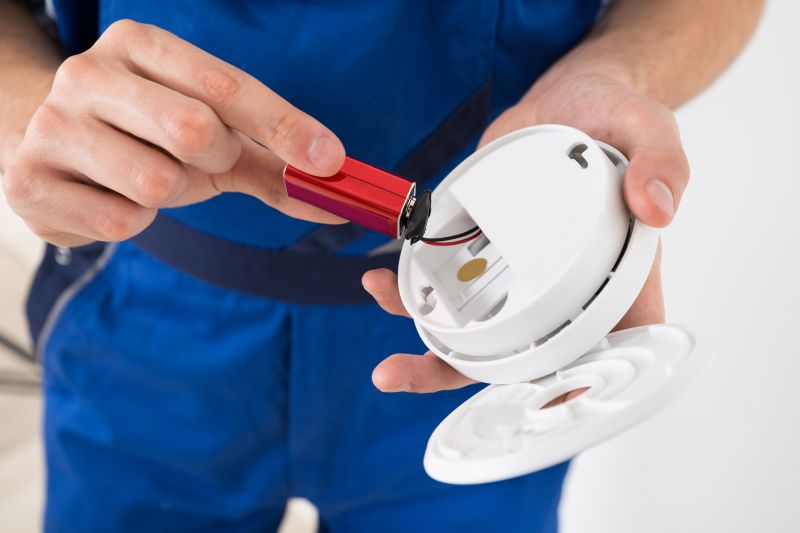
Steps for replacing an aging hardwired smoke alarm.
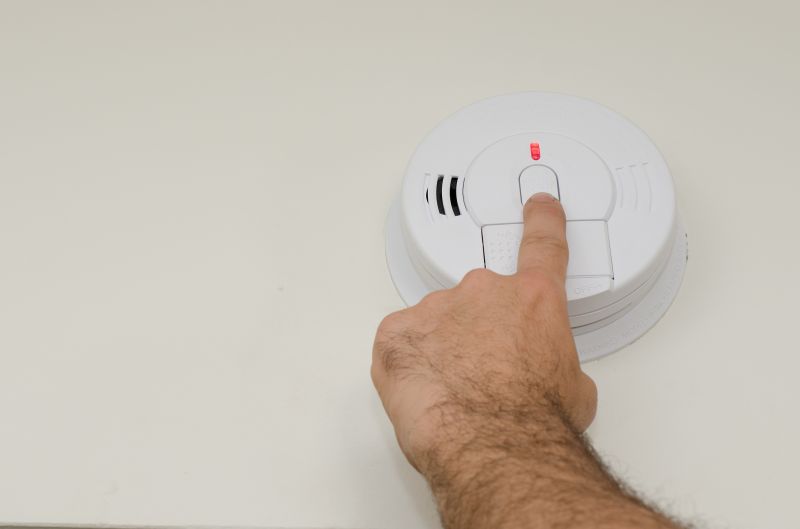
High-end options that actually feel worth it for Hardwired Smoke Alarms.

Finishes and colors that play nicely with Hardwired Smoke Alarms.
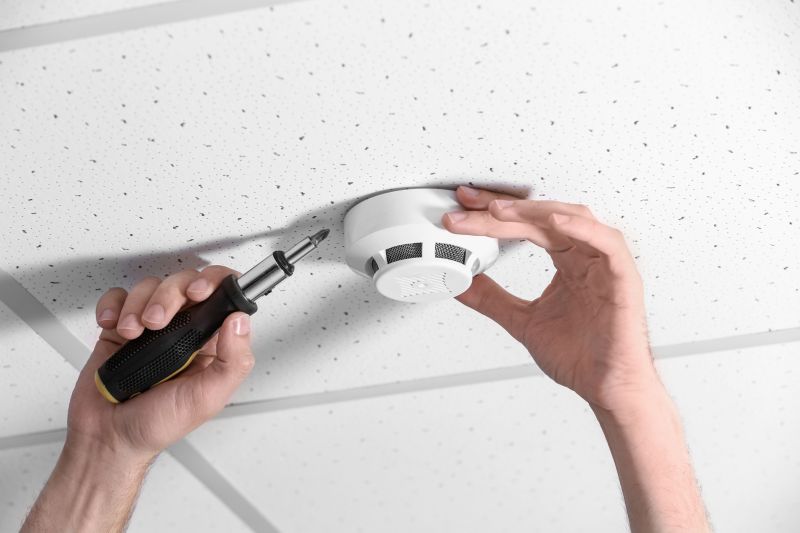
Little measurements that prevent headaches on Hardwired Smoke Alarms day.

A 60-second routine that keeps Hardwired Smoke Alarms looking new.
For optimal safety, it is recommended to install or upgrade to hardwired smoke alarms during major home renovations or when existing units reach the end of their service life. Regular testing and maintenance are vital to ensure continuous protection. If interested in installing hardwired smoke alarms, consider consulting a professional and filling out the contact form for more information.
